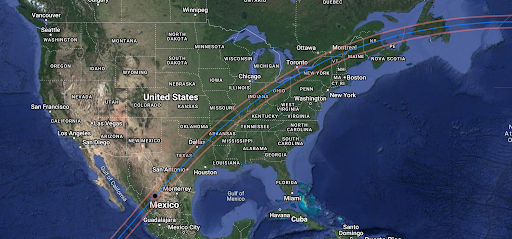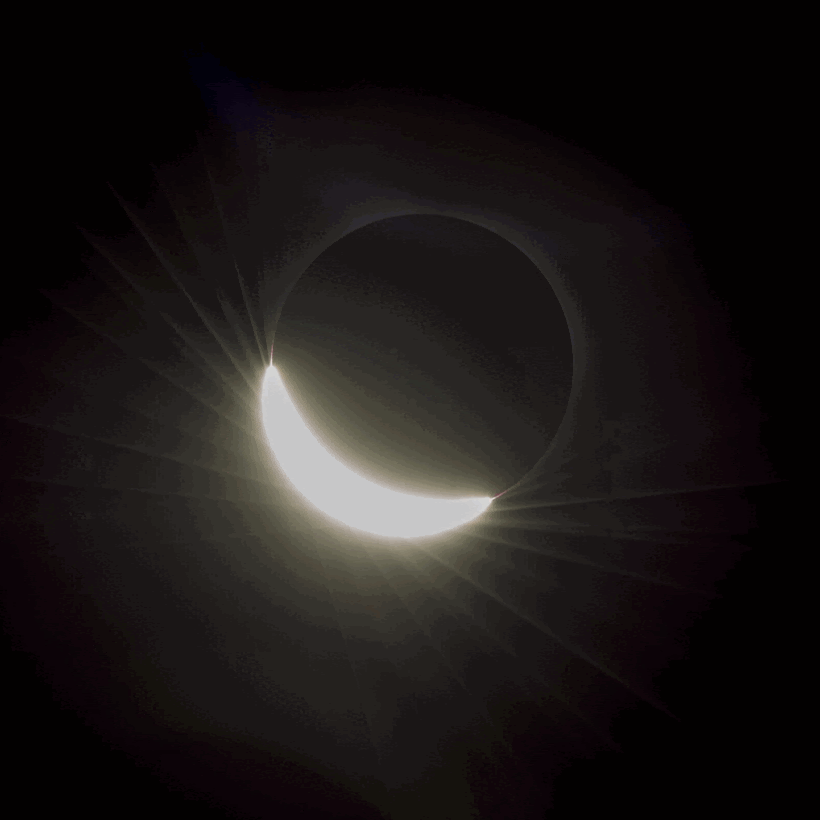Eclipse Megamovie 2024
The Sun’s corona – its outermost atmosphere – writhes and twists and throws off plumes of hot plasma. Measuring the motion of these plumes could help scientists understand the nature of the corona: what makes it so hot, and how it creates space weather. But these plumes can only be directly observed during an eclipse. Volunteer for Eclipse Megamovie 2024, and this April, you can help scientists answer persistent questions about the Sun’s corona and its plasma plumes.
AGES
18 and up
Division
Heliophysics
where
Outside on the eclipse path or online anywhere
launched
2023
What you’ll do
- Are you on the path of totality (see map further down the page)? Do you have the required camera equipment (see equipment list below)? Join the Eclipse Megamovie photo team as an Observer or Science Team Alpha Recruit (STAR)!
- Do you have experience coding in Python? Help with a machine learning analysis of the Eclipse Megamovie data after the eclipse!
- Visit the website to learn more and to sign up.
Requirements
- Time:
- STAR Data Collectors: 6 hours on eclipse day, 7 hours of practice & trainings
- Enthusiasts: 6 hours on eclipse day
- Machine Learning Analysts: 2 to 5 days of work
- Equipment:
- STARs: DLSR (or mirrorless) camera, 300mm to 500mm lens depending on sensor size, tracking mount, tripod, and GPS location information.
- Eclipse Observer: DSLR (or mirrorless) camera, 300 mm lens, tripod, and GPS location information.
- Machine Learning Analysts: a web-connected computer
- Knowledge: Project training is provided for STAR photographers. Python coding experience is required to participate in image processing.
Get started!
- Learn about the roles and share your skills and interests in the Qualtrics volunteer survey. Please be sure to include as much information about your camera equipment as possible if you hope to participate at the STAR level.

Learn More
Read more about the science behind the project and what the team hopes to discover on the project’s website.
Eclipse Megamovie 2024 is part of the Heliophysics Big Year - follow that link to learn more about this yearlong celebration of heliophysics.


NASA/Aubrey Gemignani
NASA/Aubrey Gemignani
NASA/Carla Thomas
NASA/Aubrey Gemignani
J. M. Pasachoff (*2021), V. Rušin and the Williams College Eclipse Team, processed by R. Hubčík
NASA/Bill Ingalls
NASA Goddard
George Holub




